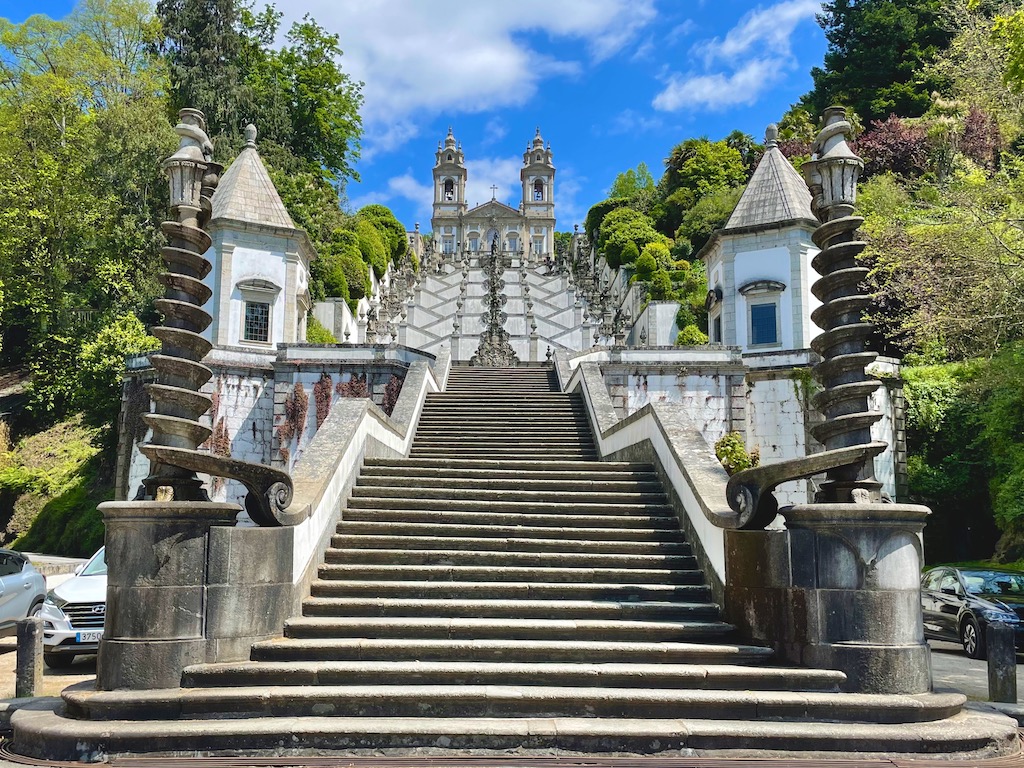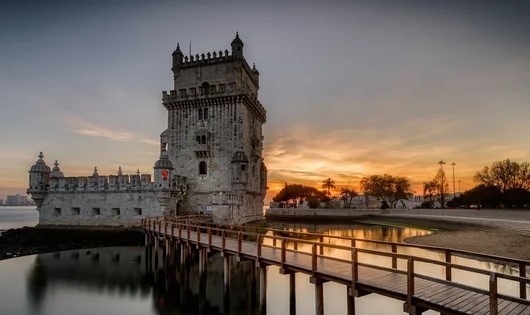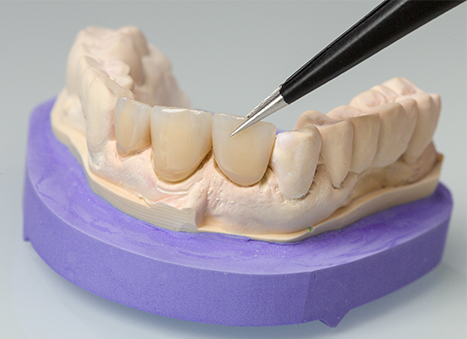Currently, Portugal has 17 UNESCO World Heritage sites:
Historic Centre of Angra do Heroísmo
Angra do Heroísmo is a city located on Terceira Island in the Azores. It was classified as a World Cultural Heritage Site in 1983 due to its unique and multicultural architecture. The city's port was a mandatory stop for those crossing the Atlantic Ocean during the Age of Exploration. Even after being affected by an earthquake in 1980, the city retains numerous important monuments of Portuguese culture.
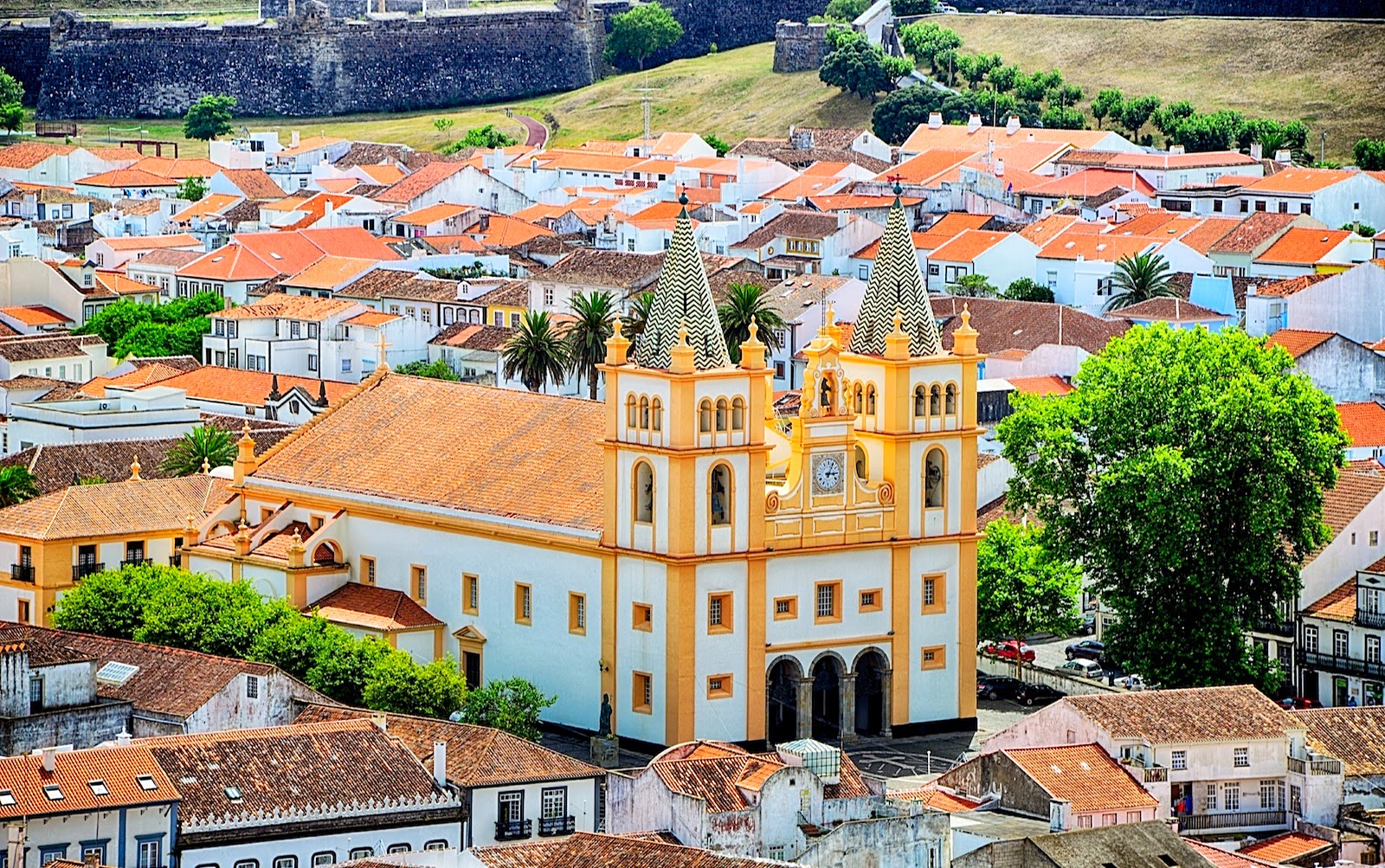
Jerónimos Monastery and Tower of Belém
Built in the 16th century under the reign of King Manuel I, both were classified as World Cultural Heritage Sites in 1983. The Jerónimos Monastery, constructed in memory of Prince Henry the Navigator, still preserves much of its magnificent conventual structures that contributed to its international fame, including the 16th-century Cloister, the monks' former Refectory, and the Library Hall. The Tower of Belém, originally built to defend the city, later became the departure point for many of the Age of Discovery voyages and is today one of the most famous tourist attractions in Portugal.
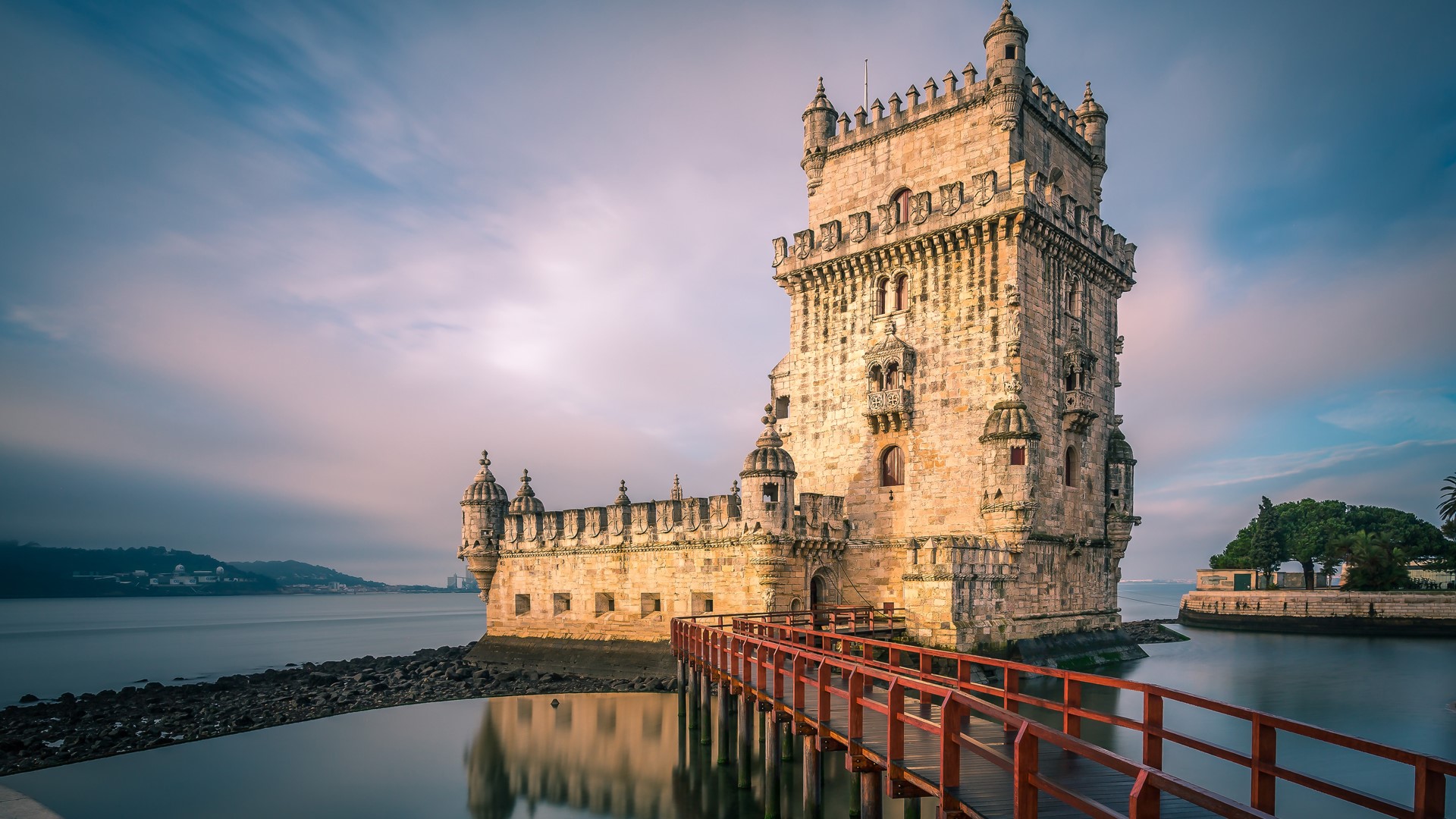
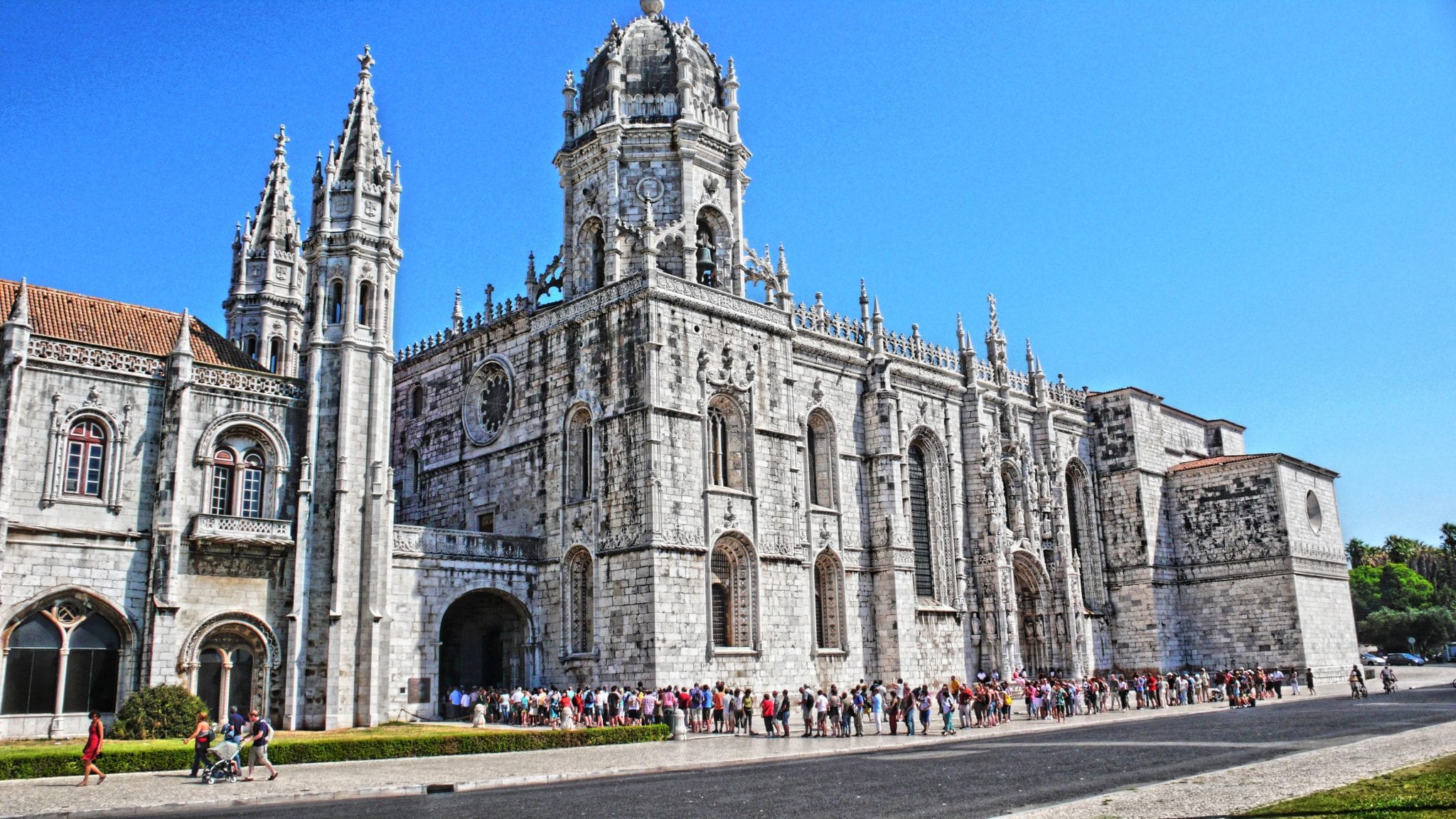
Batalha Monastery
Built by order of King João I as gratitude for the Portuguese victory over the Spanish at the Battle of Aljubarrota in 1385, this monument is an excellent example of the evolution of medieval architecture in Portugal, combining Gothic and Manueline styles. It was included on the UNESCO list in 1983.
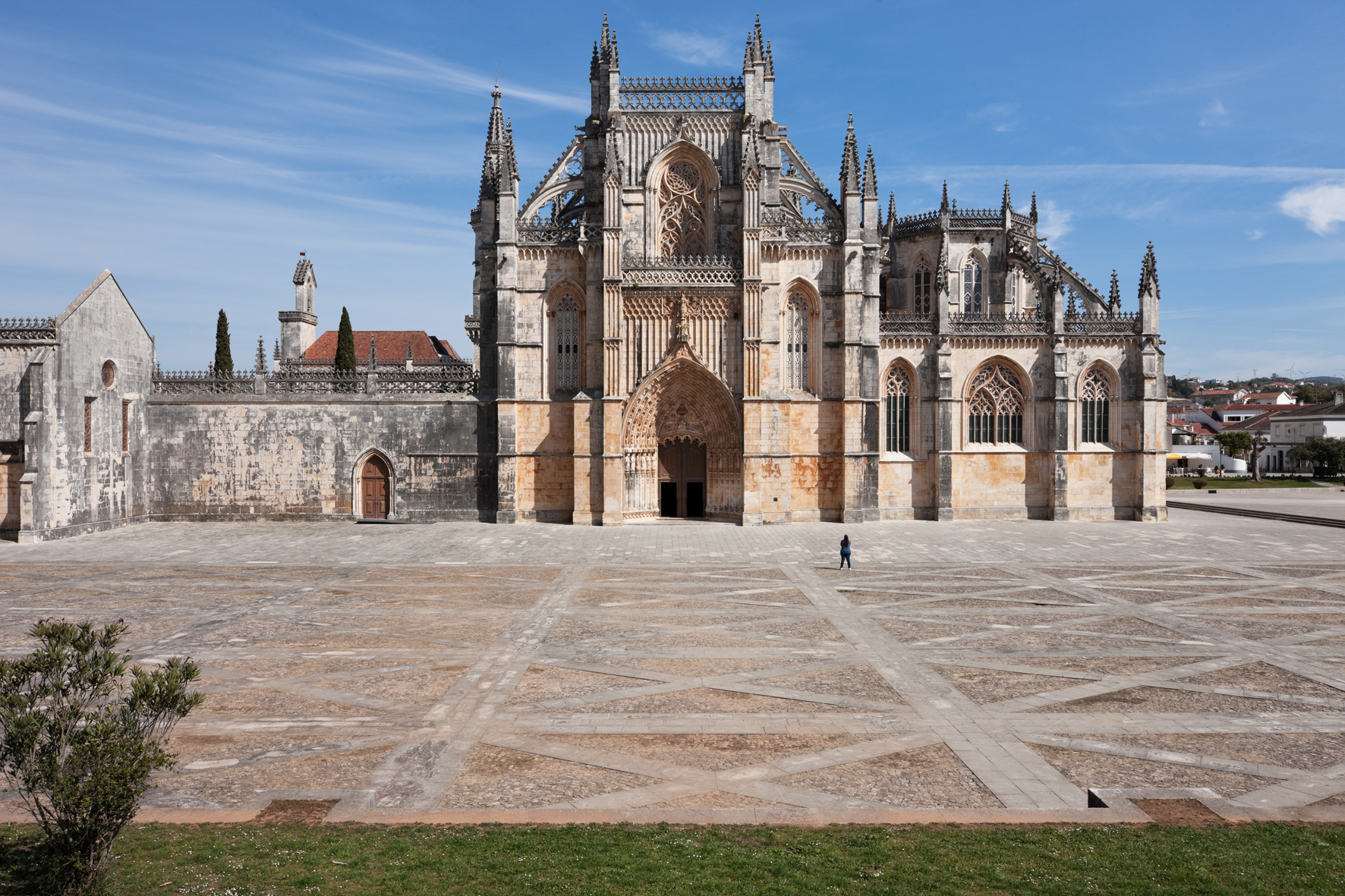
Convent of Christ
Located in Tomar, in central Portugal, this monument was built over several centuries, reflecting Portuguese history through its artistic influences, including Romanesque, Templar symbolism, Gothic, Manueline, Renaissance, Mannerist, and Baroque styles. It became a World Cultural Heritage Site in 1983.
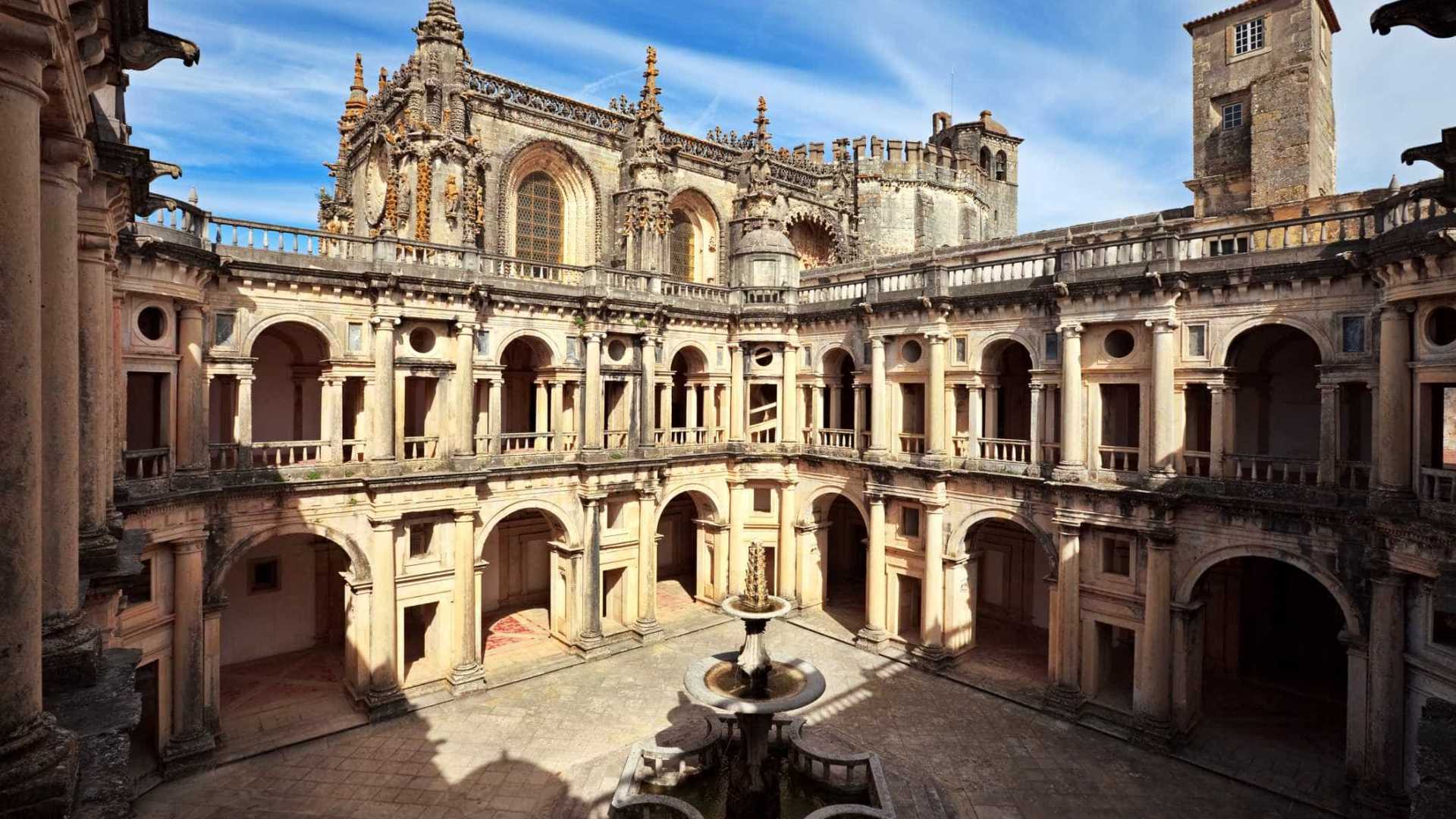
Historic Centre of Évora
Évora was the residence of Portuguese kings in the 15th century, a factor that brought great importance to the region. With origins in the Roman period, the city still retains features reminiscent of the past, such as white-painted houses, interiors decorated with tiles, and many more details that hark back hundreds of years. Évora's historic centre was designated a World Cultural Heritage Site in 1986.
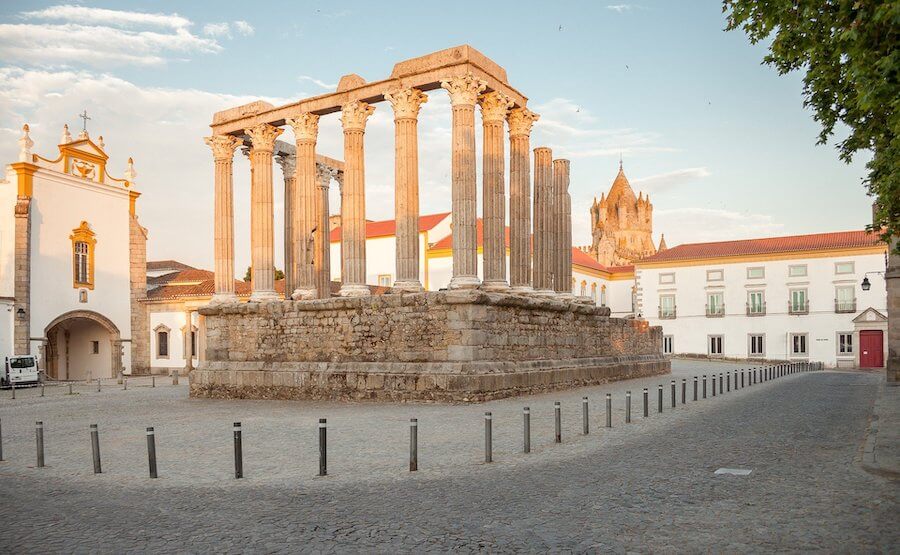
Monastery of Alcobaça
Recognized by UNESCO in 1989, it is currently considered one of the most important abbeys in Europe. The Monastery of Alcobaça was founded in the 12th century by King Afonso Henriques as a donation to Bernard of Clairvaux.
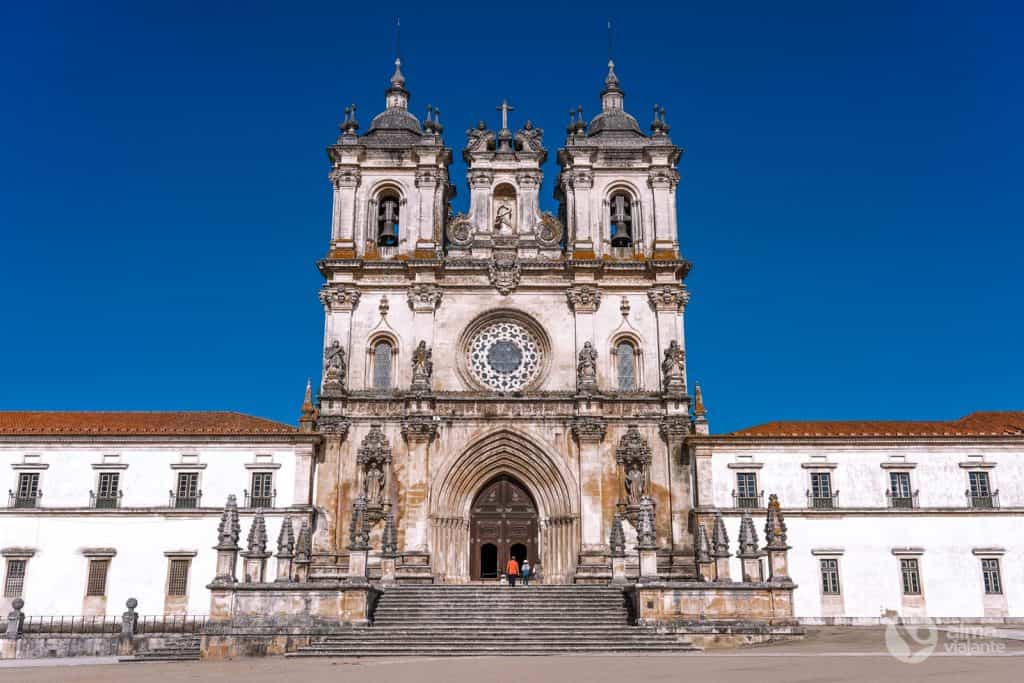
Cultural Landscape of Sintra
One of Portugal's most mysterious and romantic landscapes. Sintra was one of the first European locations to feature Romantic architecture, when in the 19th century, King Ferdinand II transformed the ruins of a monastery into a castle—the present-day Pena Palace, which now attracts thousands of tourists annually. It became a World Cultural Heritage Site in 1995.
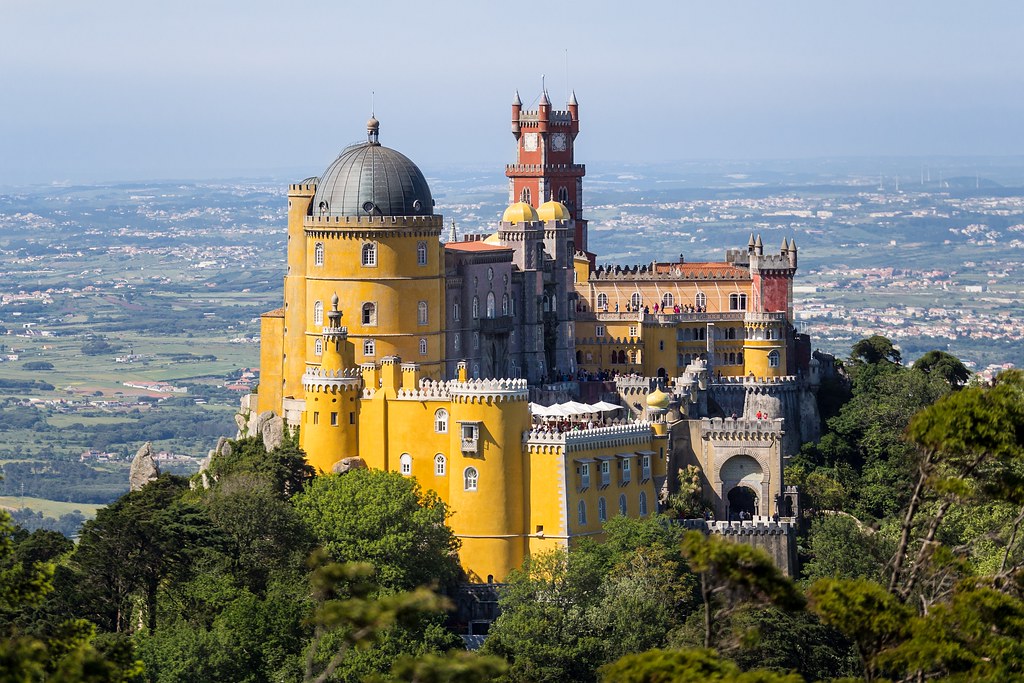
Historic Centre of Porto
The historic centre of Porto represents the pinnacle of Portuguese culture, with its colourful old buildings, the famous Clérigos Tower, the Sé (Cathedral), and the Ribeira district among the many heritage-rich and cultural landmarks. It was designated a World Cultural Heritage Site in 1996.
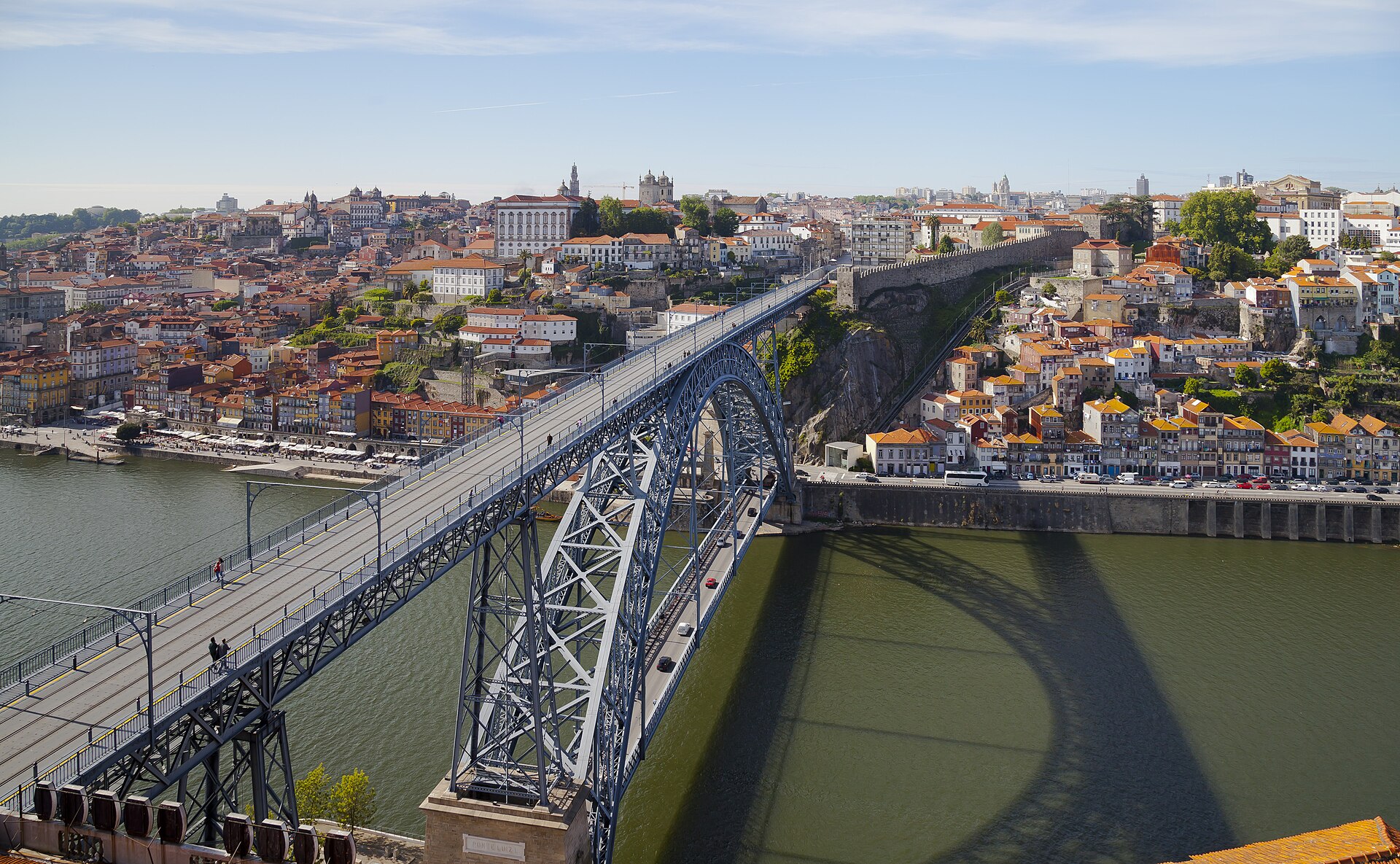
Prehistoric Rock Art Sites in the Côa Valley
In the Côa River Valley, located in the Guarda district, there is a vast open-air gallery of rock carvings. Stretching over an area of 17 km, these carvings date back to the Paleolithic period (more than 10,000 BC). They are considered the most important and ancient art ensemble of the Iberian Peninsula. It was designated a World Cultural Heritage Site in 1998.
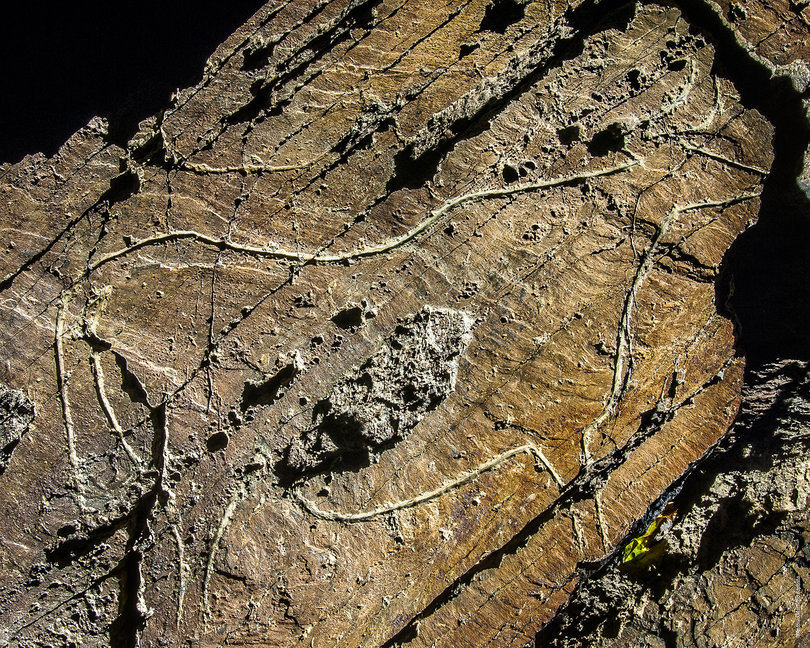
Laurisilva Forest of Madeira
Spanning nearly 15,000 hectares of humid subtropical forest, covering 20% of Madeira Island, the Laurisilva forest is named after the laurel trees that make up the forest. It remains almost untouched by human activity and was recognized as a World Natural Heritage Site in 1999.

Historic Centre of Guimarães
Guimarães is the first city of the country, giving rise to the Portuguese nation. The historic centre is exceptionally well-preserved, showcasing buildings from the time of Portugal's founding (12th century). It was designated a World Cultural Heritage Site in 2001.
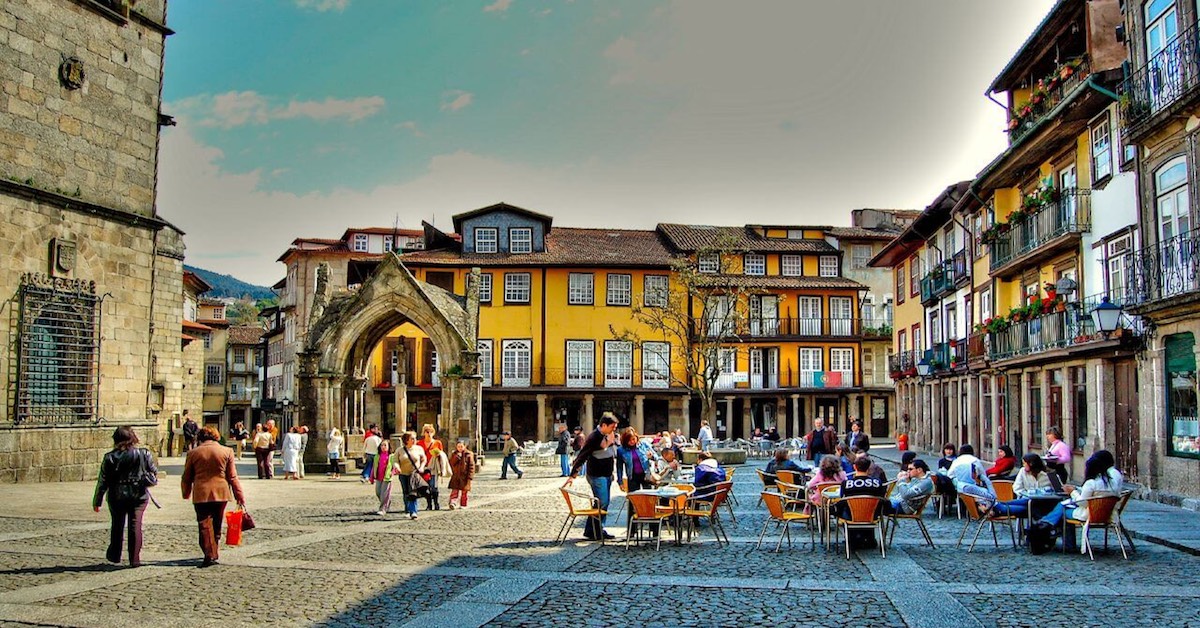
Alto Douro Wine Region
The grapes that produce the famous Port wine are located in the demarcated Douro region, considered the world's oldest regulated wine region. With its unique beauty, the Douro Valley is now one of the most important agricultural regions in the country. It became a World Heritage Site in 2001.
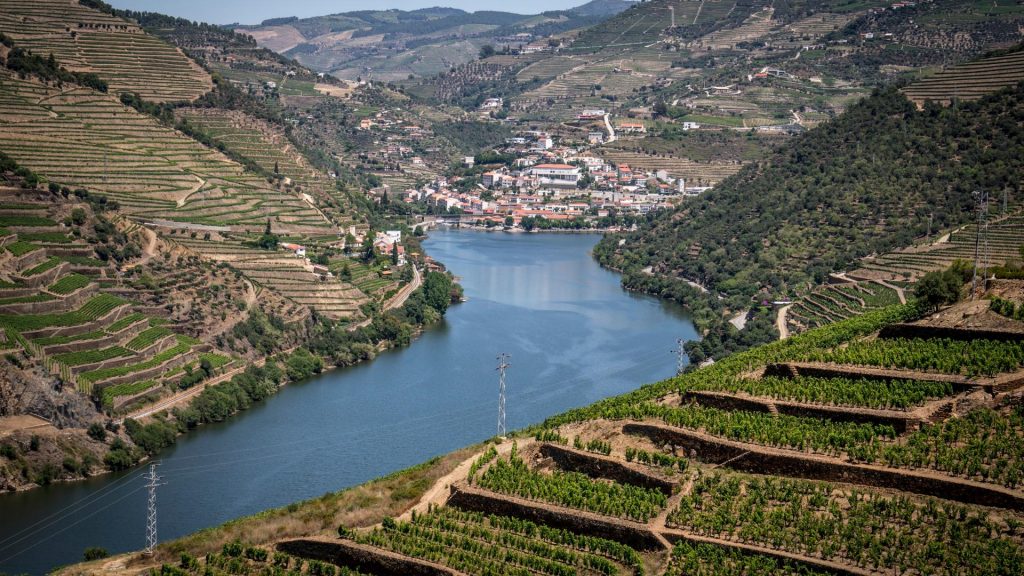
Cultural Landscape of the Pico Island Vineyard
Located in the Azores Archipelago, Pico Island features one of the most incredible landscapes, demonstrating human adaptation to the environment. Grapes are planted in small compartments separated by black stone walls that stretch to the sea, creating a unique landscape. The wine produced in this region is one of the most appreciated by the Portuguese. It was recognized as a World Cultural Heritage Site in 2004.
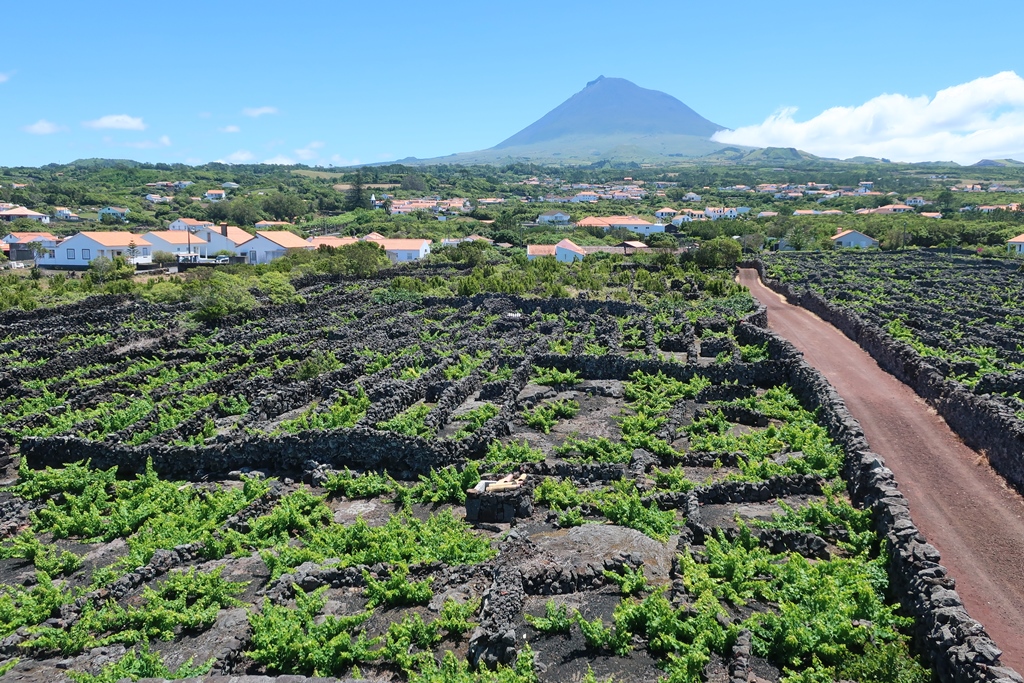
Garrison Border Town of Elvas and its Fortifications
Located on the border between Portugal and Spain, the city of Elvas boasts the world's largest bulwarked military fortification, with a perimeter of about 10 km. Inside, there is a beautiful historic centre with military buildings and monasteries. Elvas became a World Cultural Heritage Site in 2012.
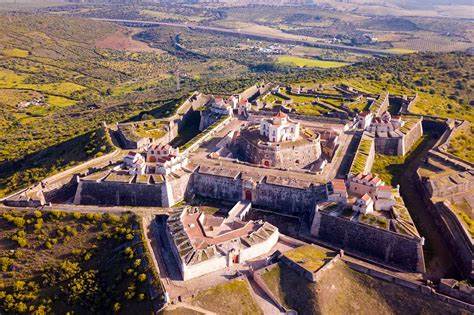
University of Coimbra – Alta and Sofia
Founded in 1290, the University of Coimbra is the oldest in Portugal and one of the oldest in Europe. Its establishment influenced the city's artistic, social, architectural, and urban development. Notable examples include the famous Paço das Escolas, Joanina Library, Botanical Garden, and many more. It was recognized as a World Cultural Heritage Site in 2013.
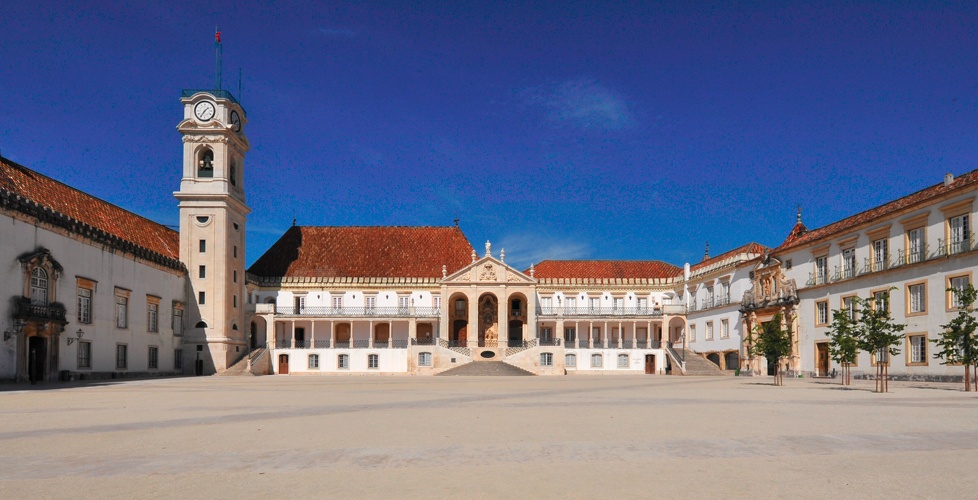
Royal Building of Mafra
The Royal Building of Mafra includes the Palace, Basilica, Convent, Cerco Garden, and Tapada. It is considered one of the most important works built in Portugal in the 18th century and a key Baroque monument in the country. It became a World Cultural Heritage Site in 2019.
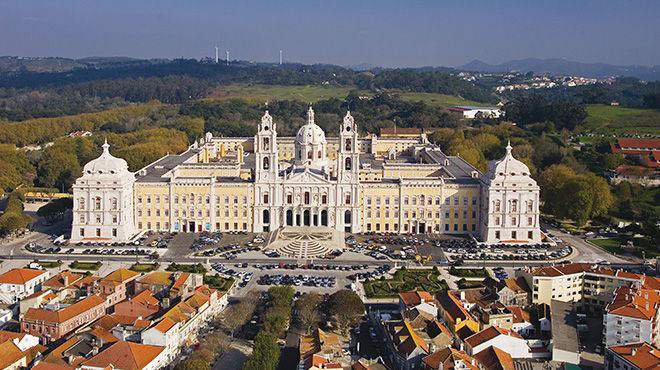
Sanctuary of Bom Jesus do Monte
Located in Braga, the Sanctuary of Bom Jesus do Monte is an architectural complex that incorporates Baroque, Rococo, and Neoclassical styles. Its construction began in the 16th century. Today, it attracts thousands of pilgrims throughout the year and is one of Portugal's main religious sites. It was recognized as a World Cultural Heritage Site in 2019.
